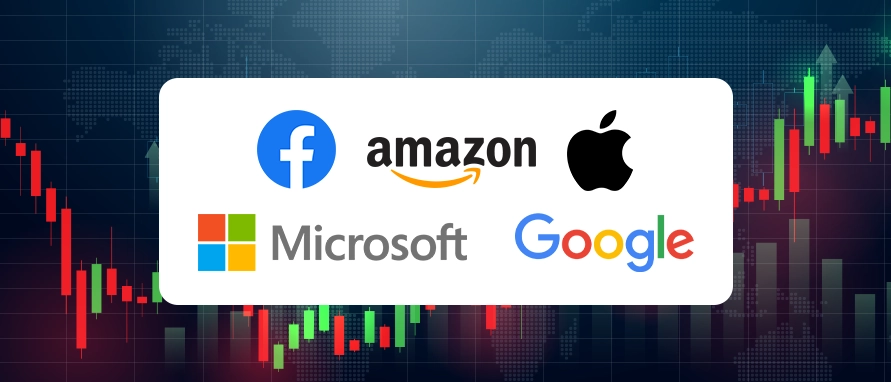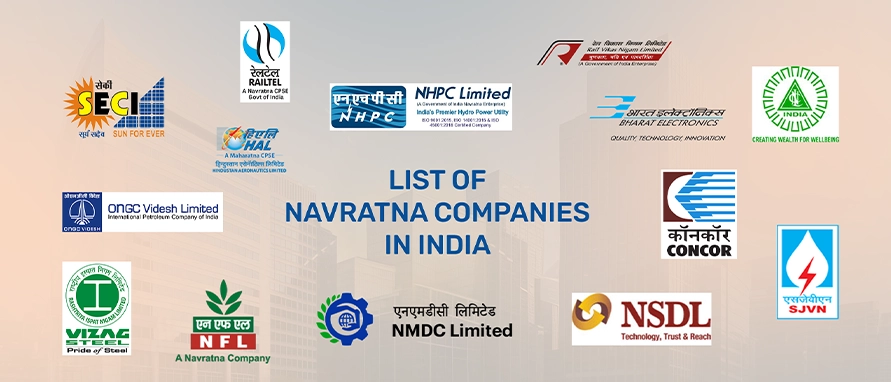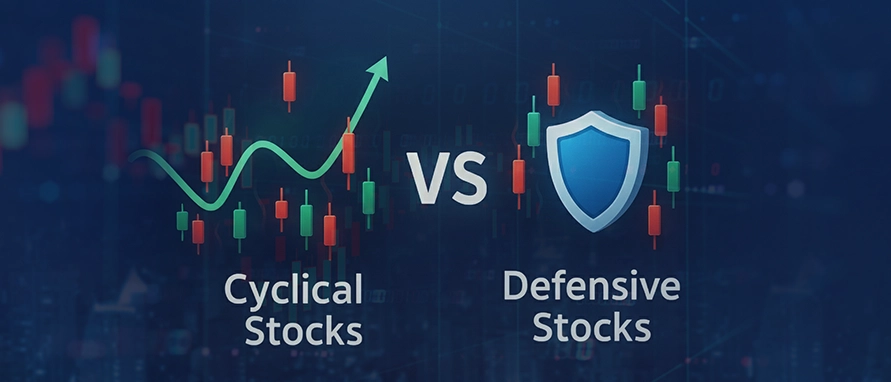-
Our ProductsLoansCardsInsuranceInvestmentsStock MarketElectronics MallCIBIL ScoreKnowledge CentreAcademyCalculators
- Our Services
- My Account
- Discover
Special Purpose Acquisition Company (SPAC) Explained: Examples and Risks
Special Purpose Acquisition Companies (SPACs) have emerged as an innovative financial instrument that allows companies to go public without undergoing the traditional Initial Public Offering (IPO) process. Although popularised in global markets, their presence and relevance in India have also begun to grow. Often referred to as “blank cheque companies”, SPACs raise money from investors to acquire or merge with a private company, thus taking it public. This article explains what SPACs are, how they work, their benefits, real-world examples, and the associated risks investors should be aware of.
What Is a SPAC
A SPAC is a company formed specifically to raise capital through an IPO with the sole purpose of acquiring or merging with an existing private business. It has no commercial operations or assets at the time of its IPO. Instead, it holds the funds in a trust account until it finds a suitable acquisition target.
SPACs typically have a timeline—often 18 to 24 months—to complete a merger or acquisition. If they fail to do so within the timeframe, they are dissolved, and the funds are returned to investors.
How Do SPACs Work
Understanding the lifecycle of a SPAC helps clarify how they differ from traditional IPOs:
Formation and Fundraising
A group of sponsors (often experienced investors, private equity firms, or former executives) registers the SPAC and launches an IPO to raise money from the public. The funds raised are kept in an interest-bearing trust account.
Target Search
Once the capital is raised, the SPAC seeks to identify a private company to acquire or merge with. This process must be completed within the predetermined timeline.
Business Combination or De-SPAC Transaction
Once the target is found, shareholders of the SPAC vote on whether to approve the merger. If approved, the private company merges into the SPAC, effectively becoming a publicly listed entity.
Post-Merger Operations
After the merger, the target company operates as a public company, and its shares trade on the stock exchange. The SPAC is dissolved in this process.
SPAC vs Traditional IPO
Both SPACs and IPOs are methods of entering the public markets, but they differ significantly:
| Aspect | SPAC | Traditional IPO |
|---|---|---|
| Speed |
Faster, often within months |
Slower, can take 6–12 months |
| Regulatory Scrutiny |
Less at time of listing, more during merger |
Heavy scrutiny before listing |
| Cost |
Generally lower |
Higher due to underwriting and legal fees |
| Price Discovery |
Fixed through negotiation |
Based on market demand during IPO |
While SPACs offer convenience, they may lack the rigorous due diligence associated with traditional IPOs.
Examples of SPACs
Globally, SPACs have been used to take several prominent companies public. In the Indian context, regulatory bodies have shown interest in introducing SPAC frameworks within the GIFT City financial hub.
Though Indian stock exchanges do not yet formally list SPACs under current laws, several Indian-origin companies have opted for SPAC mergers abroad. As regulations evolve, India may see more SPAC activity in the future.
Note: The securities quoted are for illustration only and are not recommendatory.
Why Companies Use SPACs
SPACs offer a unique route to public listing, often chosen for speed, flexibility, and reduced market volatility.
Faster Time to Market
Traditional IPOs involve a lengthy preparation and regulatory review period. SPACs offer an expedited timeline, which is ideal for companies seeking quick access to capital markets.
Certainty of Valuation
In a SPAC transaction, the valuation of the company is negotiated directly with the sponsors, allowing for better control over pricing.
Sponsor Expertise
SPAC sponsors often bring strategic value, experience, and industry connections that can help the acquired company grow post-listing.
Risks Associated With SPACs
While SPACs offer benefits, they are not without risk. Investors must understand these before committing capital.
Misaligned Interests
SPAC sponsors typically get a sizeable stake (often 20%) in the form of founder shares at nominal cost. This can lead to situations where sponsors push through a subpar deal to avoid liquidation.
Limited Disclosures
Initial filings for SPACs often contain minimal information since they have no business operations. This makes due diligence difficult for early investors.
Post-Merger Performance
Studies show that many SPAC-acquired companies underperform post-merger. The excitement of going public can be short-lived if fundamentals aren’t strong.
Regulatory Challenges
Regulators are increasingly scrutinising SPAC structures and disclosures. Future tightening of rules could affect their appeal.
Regulatory Landscape for SPACs in India
As of now, Indian regulations do not permit SPAC listings on domestic exchanges. However, the International Financial Services Centres Authority (IFSCA) has made strides toward enabling SPAC listings within GIFT City. This could open a new channel for Indian companies looking to raise capital internationally.
SEBI has also indicated the need to study global SPAC trends and examine the feasibility of introducing them in Indian markets while ensuring investor protection.
Investor Considerations
Investors looking to participate in SPAC IPOs or post-merger entities should consider:
The track record and experience of the SPAC sponsors
Target sector and market trends
Disclosure of use of proceeds
Governance mechanisms and shareholder rights
Redemption rights if they choose not to participate in the merger
Long-term success often depends on the quality of the target company rather than the SPAC itself.
Conclusion
SPACs present an alternative method of going public, offering speed and simplicity compared to traditional IPOs. However, they come with unique risks and regulatory uncertainties, especially in developing markets like India. As investors and regulators grow more familiar with this structure, SPACs may become a viable addition to the Indian financial ecosystem. Caution and due diligence remain key when evaluating such investment opportunities.
Disclaimer
This content is for informational purposes only and the same should not be construed as investment advice. Bajaj Finserv Direct Limited shall not be liable or responsible for any investment decision that you may take based on this content.
FAQs
What is a SPAC in simple terms?
A SPAC, or Special Purpose Acquisition Company, is a shell company created to raise funds through an IPO with the purpose of acquiring a private company, which then becomes publicly listed without undergoing the traditional IPO route.
Are SPACs allowed in India?
SPACs are currently not permitted on Indian stock exchanges, but regulatory discussions in GIFT City indicate that they may be introduced in the future.
Do investors get their money back if a SPAC fails to find a target?
Investors receive their funds back if a SPAC does not complete a merger within its set timeframe, usually 18–24 months, as the company is liquidated and money is returned to shareholders.
Why are SPACs considered risky?
SPACs are considered risky because they provide limited information at the outset, rely heavily on the target company’s performance, and may involve sponsor incentives that create conflicts of interest.
How do I invest in a SPAC?
An investor can invest in a SPAC by purchasing its shares during the IPO or later in the secondary market, but it is important to evaluate the sponsors and their sector focus before investing.
With a Postgraduate degree in Global Financial Markets from the Bombay Stock Exchange Institute, Nupur has over 8 years of experience in the financial markets, specializing in investments, stock market operations, and project management. She has contributed to process improvements, cross-functional initiatives & content development across investment products. She bridges investment strategy with execution, blending content insight, operational efficiency, and collaborative execution to deliver impactful outcomes.
Related Blogs

Geetanjali Lachke

Roshani Ballal

Geetanjali Lachke

Roshani Ballal

Roshani Ballal

Geetanjali Lachke

Geetanjali Lachke

Nupur Wankhede

Anshika

Nupur Wankhede

Nupur Wankhede

Nupur Wankhede

Nupur Wankhede

Nupur Wankhede

Nupur Wankhede

Geetanjali Lachke

Geetanjali Lachke

Roshani Ballal

Nupur Wankhede

Anshika

Anshika

Nupur Wankhede

Nupur Wankhede

Nupur Wankhede

Nupur Wankhede

Nupur Wankhede

Nupur Wankhede

Nupur Wankhede

Nupur Wankhede

Nupur Wankhede

Nupur Wankhede

Nupur Wankhede

Nupur Wankhede

Roshani Ballal

Anshika

Nupur Wankhede

Geetanjali Lachke

Roshani Ballal

Nupur Wankhede

Nupur Wankhede

Anshika

Anshika

Nupur Wankhede

Anshika

Anshika

Nupur Wankhede
.webp)
Nupur Wankhede

Nupur Wankhede

Nupur Wankhede

Nupur Wankhede

Nupur Wankhede

Nupur Wankhede
.webp)
Nupur Wankhede

Nupur Wankhede

Nupur Wankhede

Nupur Wankhede
-in-India.webp)
Nupur Wankhede

Nupur Wankhede

Nupur Wankhede

Anshika

Nupur Wankhede

Nupur Wankhede

Anshika

Anshika

Nupur Wankhede

Nupur Wankhede

Nupur Wankhede

Nupur Wankhede

Nupur Wankhede

Nupur Wankhede

Nupur Wankhede

Nupur Wankhede

Anshika

Nupur Wankhede

Nupur Wankhede

Nupur Wankhede

Nupur Wankhede

Anshika

Nupur Wankhede

Nupur Wankhede
-Meaning-Importance.webp)
Nupur Wankhede

Anshika

Nupur Wankhede

Anshika

Nupur Wankhede

Nupur Wankhede

Nupur Wankhede

Geetanjali Lachke

Geetanjali Lachke

Geetanjali Lachke

Anshika

Anshika

Nupur Wankhede

Nupur Wankhede
-portfolio.webp)
Nupur Wankhede

Anshika

Roshani Ballal

Geetanjali Lachke

Geetanjali Lachke

Geetanjali Lachke

Geetanjali Lachke

Geetanjali Lachke

Roshani Ballal

Roshani Ballal

Geetanjali Lachke

Geetanjali Lachke

Geetanjali Lachke

Roshani Ballal

Roshani Ballal

Geetanjali Lachke

Roshani Ballal

Roshani Ballal

Roshani Ballal

Roshani Ballal

Roshani Ballal

Roshani Ballal

Roshani Ballal

Roshani Ballal

Roshani Ballal





















































.webp)



.webp)











.webp)




.webp)




































